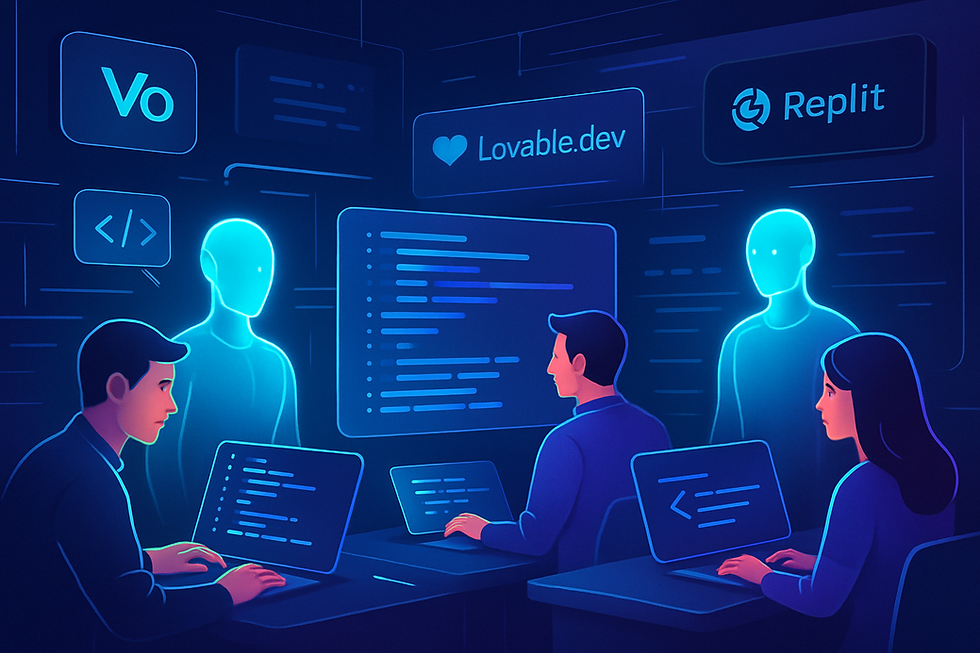Exploring Agentic AI: A Theoretical Dive into AI Agents and Architectures
- Revanth Reddy Tondapu
- Jul 3
- 2 min read

Welcome back to our series on AI systems! If you’ve made it this far, congratulations on surviving the intense first day. Today, we shift gears from the hands-on approach to delve into the theoretical realm of AI agents and their architectures. This exploration is crucial as it forms the backbone for understanding how AI systems function in more complex environments. Let’s embark on this journey together.
What is an AI Agent?
The concept of an AI agent is often shrouded in ambiguity, with various interpretations floating around. The term "agent" has been popularized and sometimes overused, leading to a plethora of definitions. However, a clear and concise definition comes from the realm of AI research: AI agents are programs where outputs from large language models (LLMs) dictate the sequence of tasks. In simpler terms, these outputs determine what happens next and in what order tasks are executed.
Hallmarks of Agentic AI
Understanding what makes an AI system "agentic" involves recognizing several key characteristics. Here’s a breakdown of these hallmarks:
Multiple LLM Calls: Any solution involving multiple interactions with LLMs might be termed agentic. It's a basic yet significant feature where the AI system requires several rounds of processing and decision-making.
Tool Use: A defining characteristic is the AI’s ability to utilize external tools. For example, when an AI system can manipulate its environment—like turning on lights—it demonstrates this hallmark.
Coordination and Orchestration: When LLMs can communicate and coordinate amongst themselves, it sets up a complex environment. This orchestration of tasks and information exchange is another indicator of agentic AI.
Autonomous Planning: Some systems feature an LLM that acts as a planner, coordinating activities and decisions. This involves a level of self-direction that many consider a core aspect of agentic AI.
Autonomy: Perhaps the most evocative characteristic is autonomy. When an LLM is given the power to decide how tasks are carried out or in what sequence, it showcases autonomy. This can range from simple decision-making to more complex task management.
The Spectrum of Agentic Systems: Workflows vs. Agents
The term "agentic systems" encompasses a wide range of AI architectures. A useful framework to understand this spectrum comes from differentiating between "workflows" and "agents":
Workflows: These are systems where models and tools follow predefined paths. They’re structured and predictable, often adhering to set processes.
Agents: In contrast, agents are dynamic. They direct their own processes and make decisions on-the-fly, maintaining control over how tasks are executed. This flexibility is what many associate with true agentic AI.
While some might argue that workflows fall under the agentic umbrella due to their structured nature, the dynamic adaptability of agents sets them apart. This distinction is crucial for anyone looking to design or understand advanced AI systems.
Conclusion
Today’s theoretical exploration of AI agents and architectures provides a foundation for understanding the complexities of modern AI systems. By distinguishing between workflows and agents, and recognizing the hallmarks of agentic AI, we set the stage for deeper dives into practical applications and design patterns. As we move forward, these insights will illuminate how to effectively harness AI’s potential in various projects.
Stay tuned as we continue to unravel the intricacies of AI, bridging theory with practice in our upcoming sessions.



Comments